What places attract Chinese artists today when they leave home to build careers abroad?
The first Western country that might come to mind is the United States. American cities such as New York and Los Angeles have a history of attracting international creatives. Cai Guo-Qiang, is perhaps the most notable New York-based Chinese-born contemporary artist. In Europe, Paris has also attracted a number of artists from China, such as the recently deceased Huang Yongping (1954-2019), as well as the much talked about auction-house-wonder Zao Wou-ki (1921-2013), whose abstract paintings have made auction records in the past few years.
As Chinese artists in New York and Paris take the spotlight, something far more subdued, yet just as noteworthy, is thriving in a very different part of the world – the capital of Germany, Berlin.
For the past five years, the city has seen a rising number of Chinese artists settling in its hip and gritty midst.
Berlin is certainly not as glamorous as Paris, nor can it boast the double financial-/contemporary-art center status of New York City… However, something is drawing a growing number of creatives to the German capital, including artists of international renown. The best-known Chinese-born artist to move to Berlin was, without a doubt, Ai Weiwei, who, after four years of living in the German capital, relocated to Cambridge last year. Upon his leaving, he criticized Germany scathingly, even going so far as to claiming that “Nazism still perfectly exists” in his former adopted home.
Apparently, not all artists of Chinese origin seem to share Ai Weiwei’s sentiment; Not only have the numbers of Chinese artists grown, but even art institutions specializing in Chinese contemporary art have been spreading across the city, creating a unique Chinese contemporary art scene.
I first became aware of this during my last visit to Berlin, when I discovered a remarkable gem of a gallery with a thought-provoking name and an impressive raster of young emerging artists: Migrant Bird Space 候鸟空间.
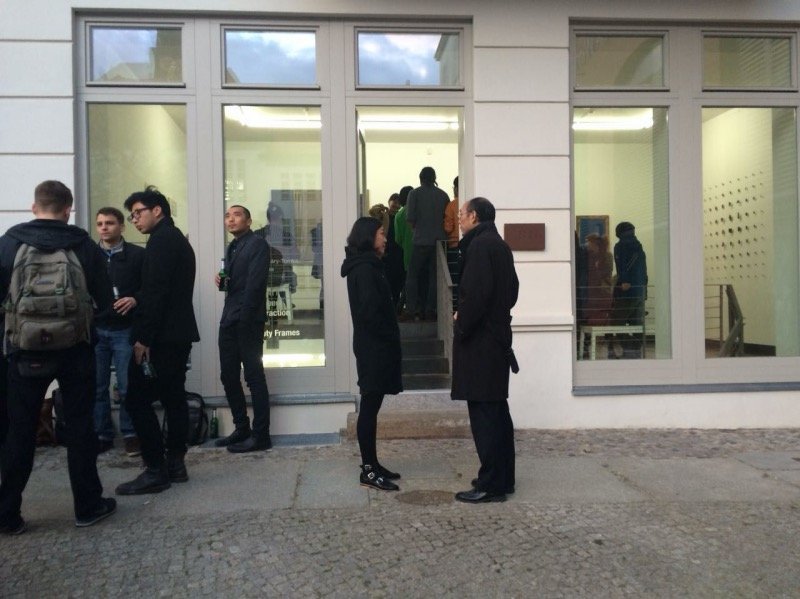
Based in Berlin and Beijing, Migrant Bird Space is a contemporary art gallery and arts-management company, which promotes both established and emerging artists in Europe and China with a focus on contemporary Chinese art.
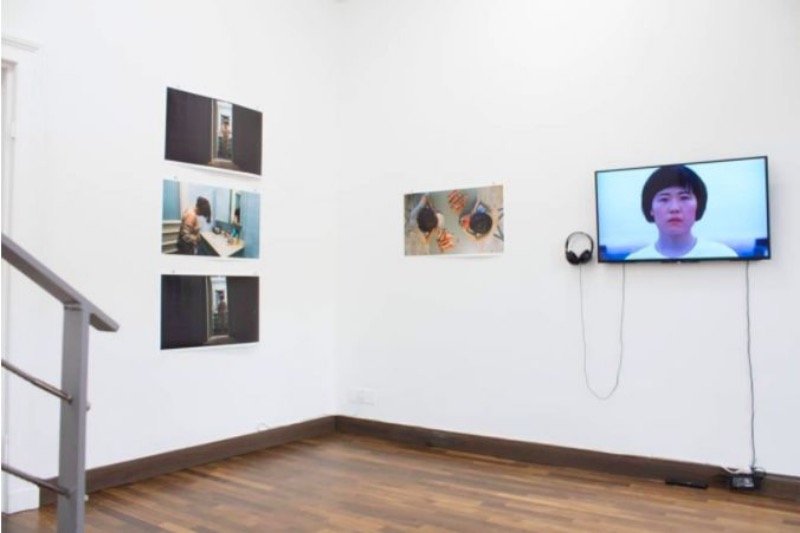
In addition to art exhibitions, the space also organises gallery talks, lectures and a continuous artist-in-residence program. The space also provides art consultancy services in art trading and art investment consulting.
Apart from Migrant Bird Space, there are also a few other galleries that expose audiences to Chinese contemporary art, such as Eigen + Art, which, for the first time, exhibited artists from Western China (Hangzhou) to a German audience, and is currently giving a solo show to the Chinese painter Li Qing.
In 2017, the couple Hua Xiaochan and Klaus Dierkes founded XC.HuA Gallery, a gallery focusing on Chinese contemporary art, with exhibition spaces in Berlin and Beijing.
Daimler Contemporary and China Club Berlin both boast a large collection of Chinese contemporary art.
Perhaps the most important development can be seen in Guangzhou-based Times Art Center opening a parallel art institution in Berlin – the Times Art Center Berlin.
Meanwhile, as Chinese contemporary art is increasingly exposed on an institutional level, I became curious about the individuals involved in this development – More specifically, I started to wonder about the artists who decided to move from China to Berlin. Who were they, and what type of artworks did they make?
In order to get to the bottom of this, I embarked on a virtual and actual (physical) trip to the Berlin art scene. After scouting online and speaking to experts in the field, I realised there are over a dozen artists from mainland China, who are currently living and working in Berlin. The most striking characteristic about these artists is their youth (many are still in their early 30s), as well as the relatively large amount of female artists. The profiles of the artists I have discovered so far are below:
Aaajiao, aka Xu Wenkai 徐文恺 (b. 1984, Xi’an)
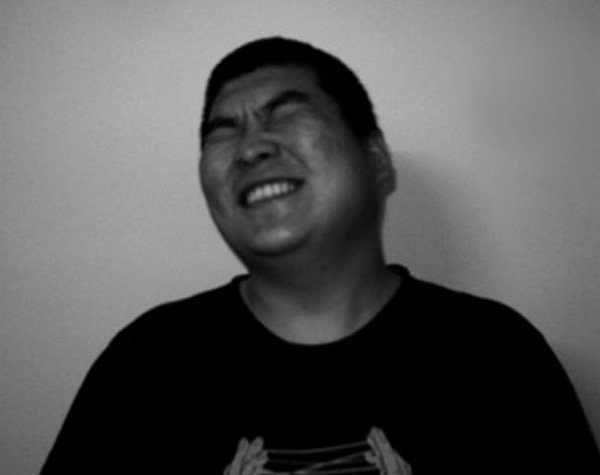
Active online as a media artist, blogger, activist and programmer, aaajiao is the virtual persona of Shanghai- and Berlin-based artist Xu Wenkai. Aaajiao’s works focus on controversies and phenomenon of the Internet, with specific projects focusing on the processing of data, the blogosphere, filtered information, and China’s Great Fire Wall.
Duan, Yafeng 段亚峰 (b. 1973, Hebei)
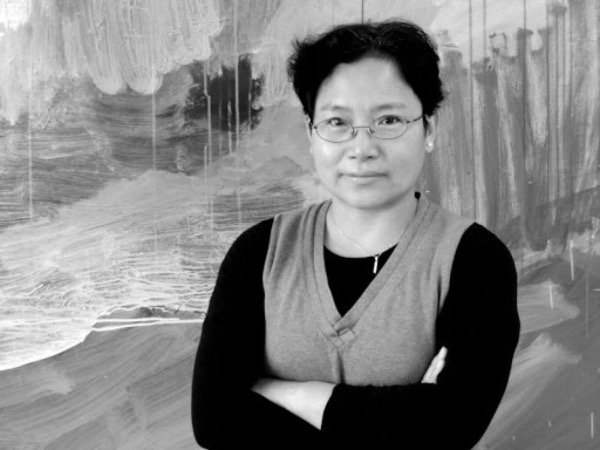
Duan Yafeng constructs abstract paintings by layering semitransparent color fields on canvas. The patterns she creates often resemble landscapes – an homage to the practice of traditional Chinese ink painting, which the artist studied from a young age.
Gu, You 谷优 (b. 1990, Hunan)
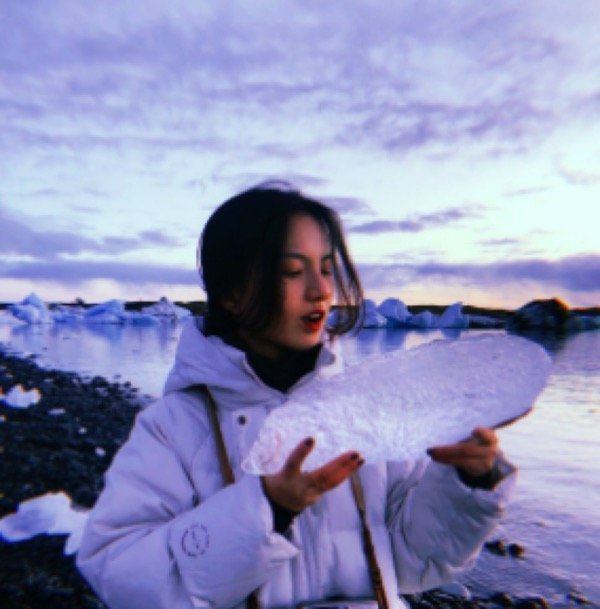
You Gu (or Gu You, after the Chinese name order) creates photographic works that explore the boundaries between reality and illusion. After undergoing a complex alteration process, the images have a mysterious effect on the viewer. Typically black and white, the original images are rendered into fragments, similar to hallucinations or a vague memory that has not quite slipped away.
He, Xiangyu 何翔宇 (b. 1987)
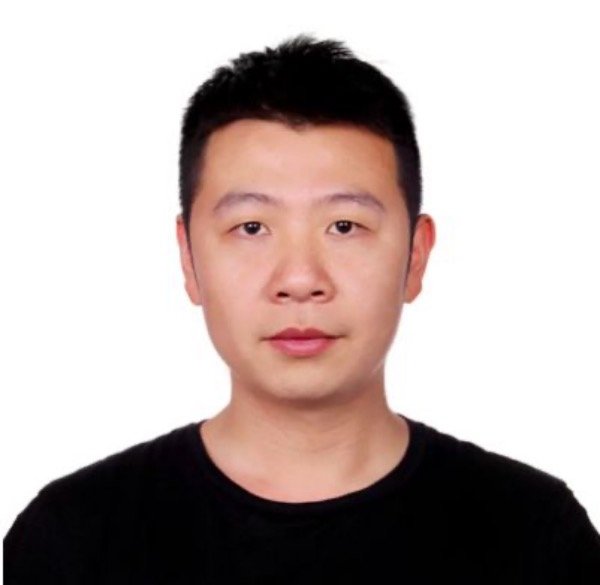
He Xiangyu is perhaps best known for his headline-grabbing work The Death of Marat (2011), which placed a life-like resin sculpture of dissident artist Ai Weiwei’s corpse lying face down on the ground in a German gallery. Many of He Xiangyu’s works are similarly provocative, such as his Cola Project (2009) – an apocalyptic landscape of dark matter, consisting of 127 tons of Coca-Cola, boiled down over the course of a year.
Ji, Dachun 季大纯 (b. 1968, Jiangsu)
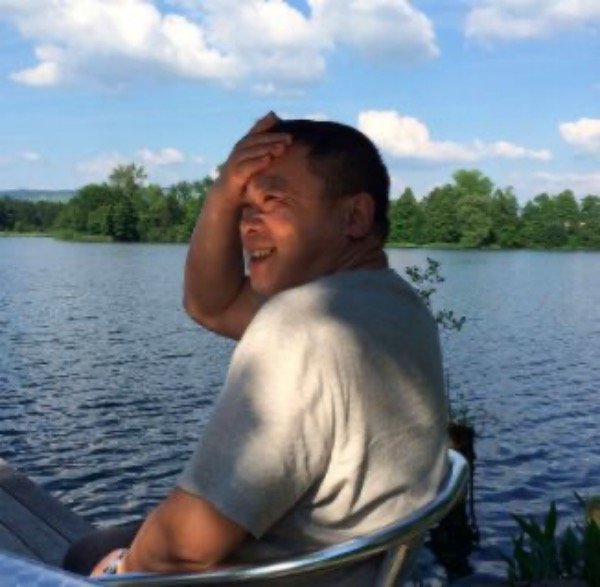
Ji Dachun’s early work features compositions that are characteristic of Chinese landscape painting, yet his inclusion of cartoonish figures deviates strongly from the ancient tradition. Unlike many of his contemporaries, Ji avoids explicitly political material, preferring surreal and often ambiguous content. In more recent work, the artist draws parallels between cellular biology and landscapes.
Jian, Ce 简策 (b. 1984, Jinan)
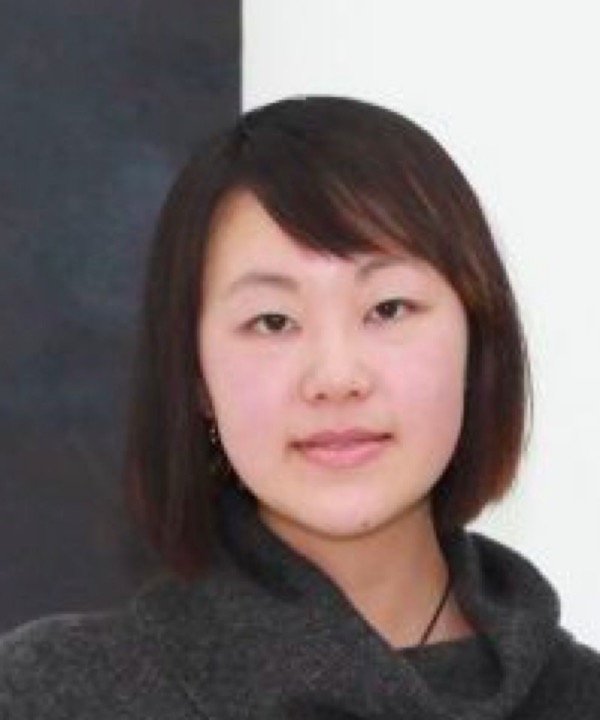
Ce Jian (Jian Ce after the Chinese name order) creates complex works of art that fuse scientific data and visuals into one. Her early works are based on computer-generated models of mountains and landscapes, the shape of which are was calculated from data found in 3D graphics. To this day, she continues to paint, while also pursuing a PhD in Art and Visual History from Humboldt University in Berlin.
Qi, Yafei 齐亚菲 (b. 1987, Hebei)
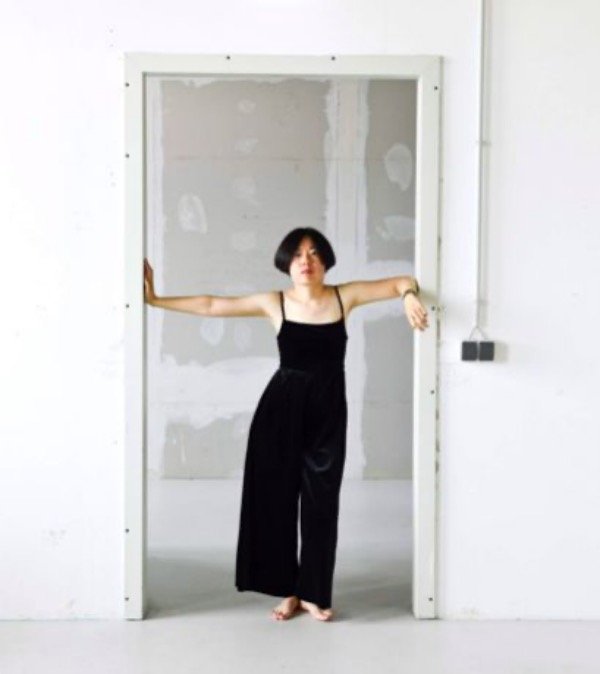
Qi Yafei is a performance- and video-artist with a background in film-making and painting. Her works examine the clashes between cultural norms, traditional values and the mindset of a globalizing Chinese society. She is particularly interested in exploring the lives and social statuses of women, highlighting the conflict between traditional and contemporary ideas of womanhood and the effect this has on women of Chinese origin.
Wang, Ruohan 王若晗
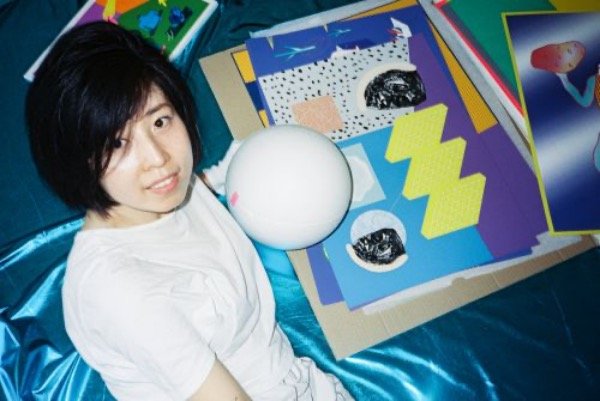
Ruohan Wang is an illustrator, visual artist and VJ (video jockey), with a special focus on motion art and sound. Between 2013 and 2017, she created various illustration- and visual motion- projects for clients in Germany, while also working on personal projects. She is best known for her bold use of color and her creation of quirky, offbeat characters.
Wang, Zhe 王哲 (b. 1988)
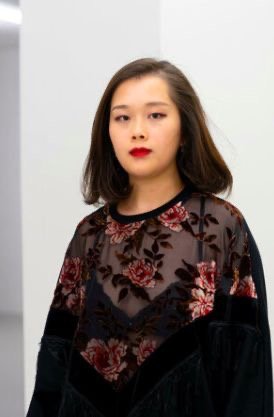
Zhé Wang works across different media, from photography and drawing to videos, installations and sound. Zhe studied in Bremen, where she received her Diploma degree. It was here that she moved from painting to video art and installation. Currently, she is interested in combining text, images, video and sculpture. Her drawings have both playful and dark qualities. She is interested in visualizing the invisible, such as sound. She is also fascinated by internet slang and its use as a contemporary form of communication.
Xia, Peng 夏鹏
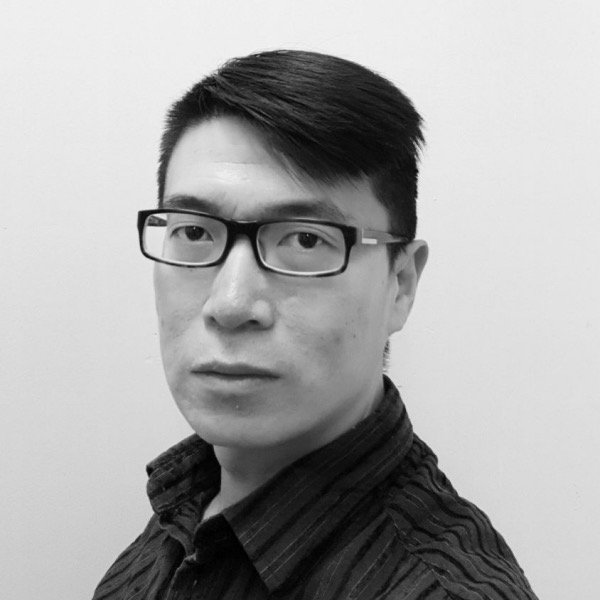
Xia Peng has been living and working in Germany for 12 years. He gradually changed from ink painting to easel painting, with occasional prints and drawings in charcoal. Most of his works are abstract. He explores cultural differences between China and Germany, focusing his attention on the smaller, oftentimes overlooked aspects of everyday life. On a philosophical level, his work reflects on who we are, what we are, and what belongs to us.
Yu, Linhan 于林汉 (b. 1990)
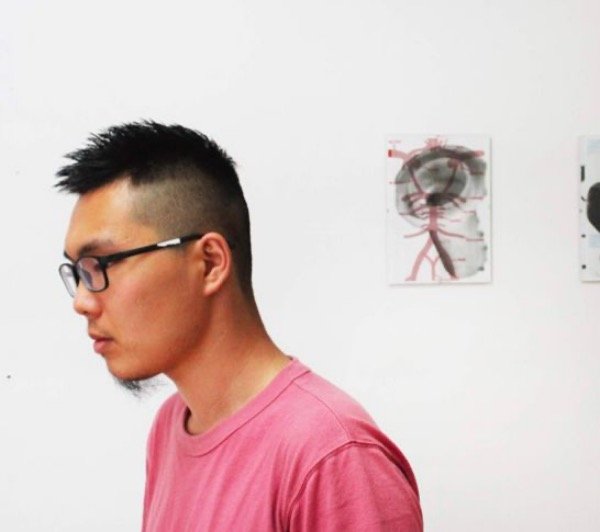
Yu Linhan uses photographs of medical objects and hospital-related structures, such as entangled wires or pictures of nerve-pathways, as the basis of his work. Although referring to a specific theme, his art remains abstract, taking the form of drawing-like prints that are both dense and well structured. Having experienced two extended hospital stays in his youth, the artist explores the estrangement we feel towards contemporary medicine, especially regarding medical objects that enter our intimate selves.
Yuan Yuan 袁远 (b. 1979, Hangzhou)
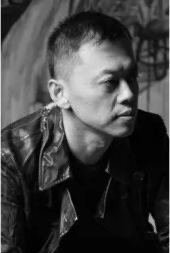
Yuan Yuan’s paintings focus on architectural subjects. Executed in a highly realistic technique, his subjects are mainly abandoned interiors, some of which depict great halls with neo-classical arches and balconies.
Other structures are more modest, such as entrances and corridors of old apartment buildings. Yuan Yuan’s compositions are highly structured, yet, in contrast, they depict dilapidated, abandoned places that are losing their structure with the passing of time.
Zhou Xiaopeng 周霄鹏 (b. 1985, Guangzhou)
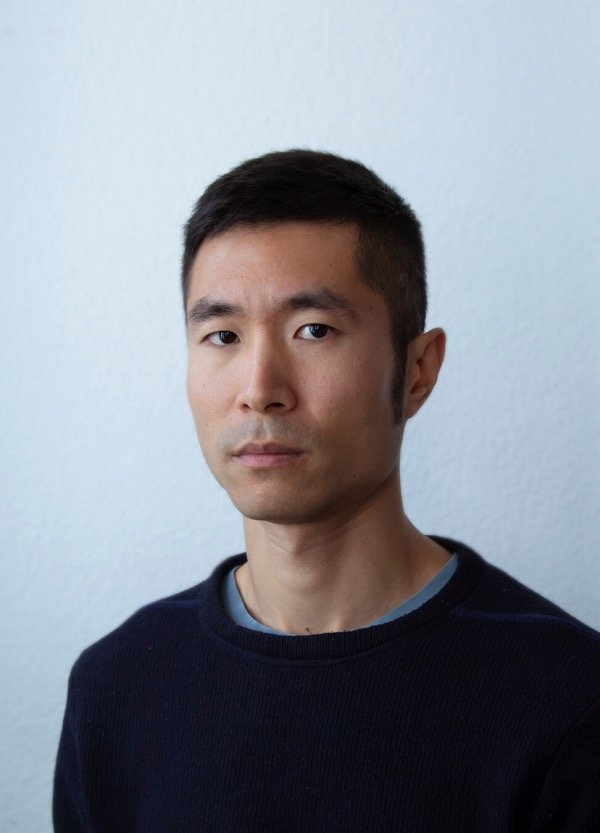
Zhou Xiaopeng has been living in Germany for the last 10 years. While enjoying life abroad, he also finds it very important to spend time in China. The rapid changes in his home country inspire his work, which focus on recording different processes, such as the molding and manufacturing of materials . This leads him to spend long periods of time on-site, documenting people’s every-day work through a series of drawings. Currently, Zhou Xiaopeng is exploring Europe’s transition to clean energy, and the psychological effect of the color green.
For an overview of works follow our boards on Pinterest.
Let me know if I have missed anyone. My guess is that the list is, in fact, much longer – and will continue to grow.
Although New York, London and Hong Kong might still steal the limelight with their record auction results and blockbuster exhibitions, these strange times have taught us but one thing: That nothing is quite as we know it any more.
Perhaps, as power relations shift, Berlin will continue to offer artists more possibilities than overpriced mega-cities have in the recent past.
Regardless of what may lie ahead, Chinese contemporary art in Berlin is certainly worth keeping an eye on. If you ever stop by the German capital, make sure to visit some of the following venues, pinned on the map below (Follow this link to the live map of Chinese Art Berlin):
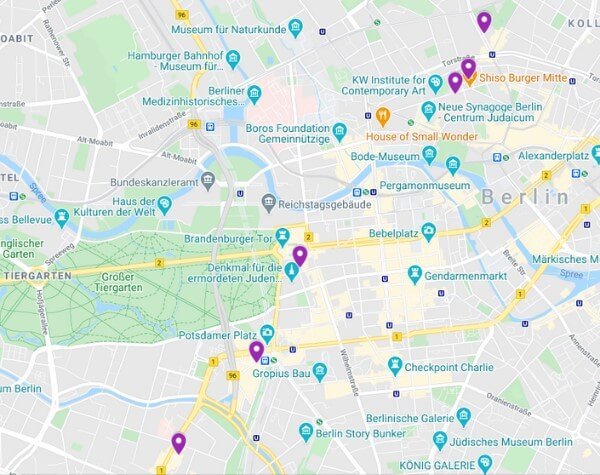
*This article was published previously in the blog “China Art File” and is reshared on ChinaArtlover to create a bigger audience for this topic.
Like our story about Chinese Artists in Berlin? Follow us on Facebook, Pinterest and Instagram.


